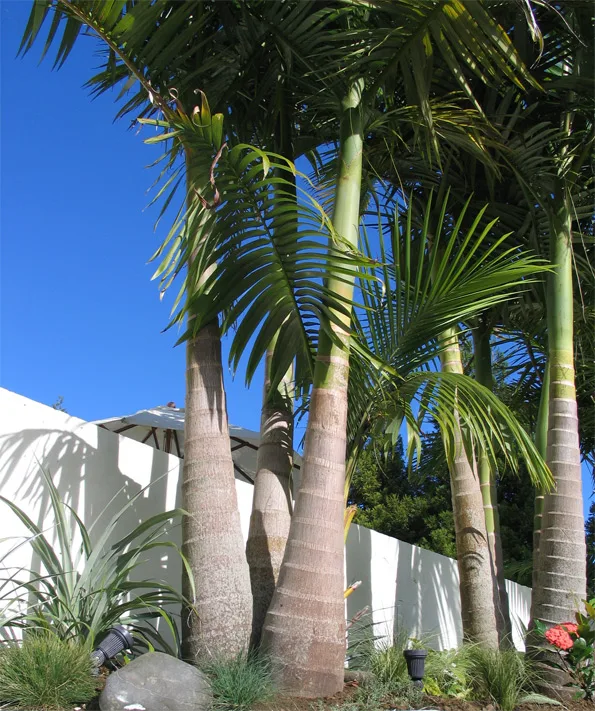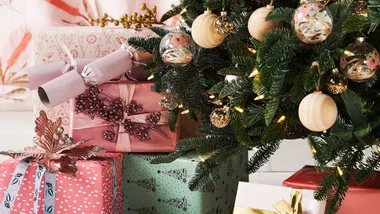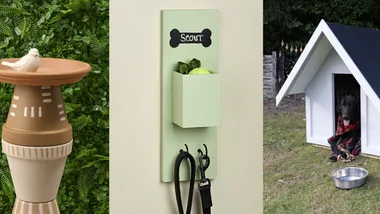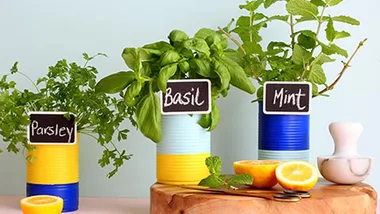If you’ve been holidaying somewhere luxurious, you may wonder why you can’t always live in a tropical resort – a feeling often followed by an urge to install a swimming pool, an outdoor bar and lots and lots of palm trees.
We succumbed to this temptation about 10 years ago, but we only managed the palm trees – the pool and bar have yet to materialise. Our palms were planted at a time when New Zealand was having a deep and meaningful affair with anything frondy. Where once we’d had only cabbage trees and nikau, suddenly all manner of palms were available and well-heeled Aucklanders were trucking them in by the dozen.
These days, palms are more affordable. There are dozens of varieties and even if you live in the deep south, there will be at least one kind you can grow. More than 100 species will grow in Auckland and north of the city, with Queen palms and Washingtonias the most common. But you can add Bangalow, Phoenix, Butia, Dypsis and many others.
We started out with Bangalows and Queen palms, knowing virtually nothing about them and never thinking they’d be taller than the house in no time. Apart from choosing a palm that’s likely to grow in your soil type and climate, you need reliable information about how large they will grow.
You’ll also want to know how quickly your specimen will grow – they don’t all reach the sky in five minutes so you might think twice about planting something that won’t reach maturity for 25 years.

The ringed trunks of these Bangalows look especially dramatic at night.
Consider the following half a dozen of New Zealand’s most popular choices to help get you started.
KENTIA PALM
These will handle sun or shade, although they’re not keen on full sun when they’re young. Rich, loamy soils are best but not essential. Keep them watered and out of hot, dry winds. They will tolerate medium frosts and are slow growers – you’ll have a while to wait before they reach their full height of around 15m.
SILVER DATE PALM
Another tolerant all-rounder, this native of India can handle hot, dry conditions as well as salt and frosts. It likes full sun and good drainage, and will eventually reach about 10m.
NIKAU PALM
This fabulous New Zealand palm is a very slow grower but worth the wait. It wants shade and water when it’s young and a moist, rich soil. As an adult it will tolerate full sun, a bit of wind and light frosts, but make sure you keep it well watered.
QUEEN PALM
For instant gratification the Queen palm is perfect. It’s quick to reach its full height of about 15m and is a spectacular addition to the garden. It has a smooth, straight trunk and carries its foliage high up. Give it full sun if you can and plenty of water. Save it from high winds, heavy frosts and salt spray. It looks stunning planted in threes.
BANGALOW PALM
This is very popular with its banded trunk and bright green, spreading fronds. Plant a grove of these in part shade or full sun and protect it from wind to keep the leaves in good shape. It will tolerate light frosts and reasonably cool temperatures, but wants adequate moisture. It can grow to around 20m.
JELLY PALM
This is spectacular, with grey-blue foliage. From Brazil, it’s also known as the wine palm because its fruit can be fermented into wine. It likes sun but will tolerate part shade. It can cope with wind and coastal conditions. Keep it well watered, fertilise a couple of times a year and it’ll grow to about 5m.
A palming effect
If you’re planting palms outside, try these tips for the best results.
Make sure your hole is at least twice the size of the planter bag containing the palm.
Prepare the hole with a handful of blood and bone and add good quality compost.
If you’re planting a tall palm or have a windy site, stake the plant. Don’t take the stakes out until the palm is firm in the ground.
Water, water, water. A daily drink during the establishment period is essential, and water it regularly after that.
As with just about everything you plant, mulch or bark around the base will help to retain moisture.
When spring arrives, celebrate by feeding your palms with a slow-release fertiliser.
Be aware that the fronds will drop off – occasionally when you’re underneath – and you’ll need to do a regular clean-up.
Watch out for the seed pods – some of them are gorgeous and make great decorations.











